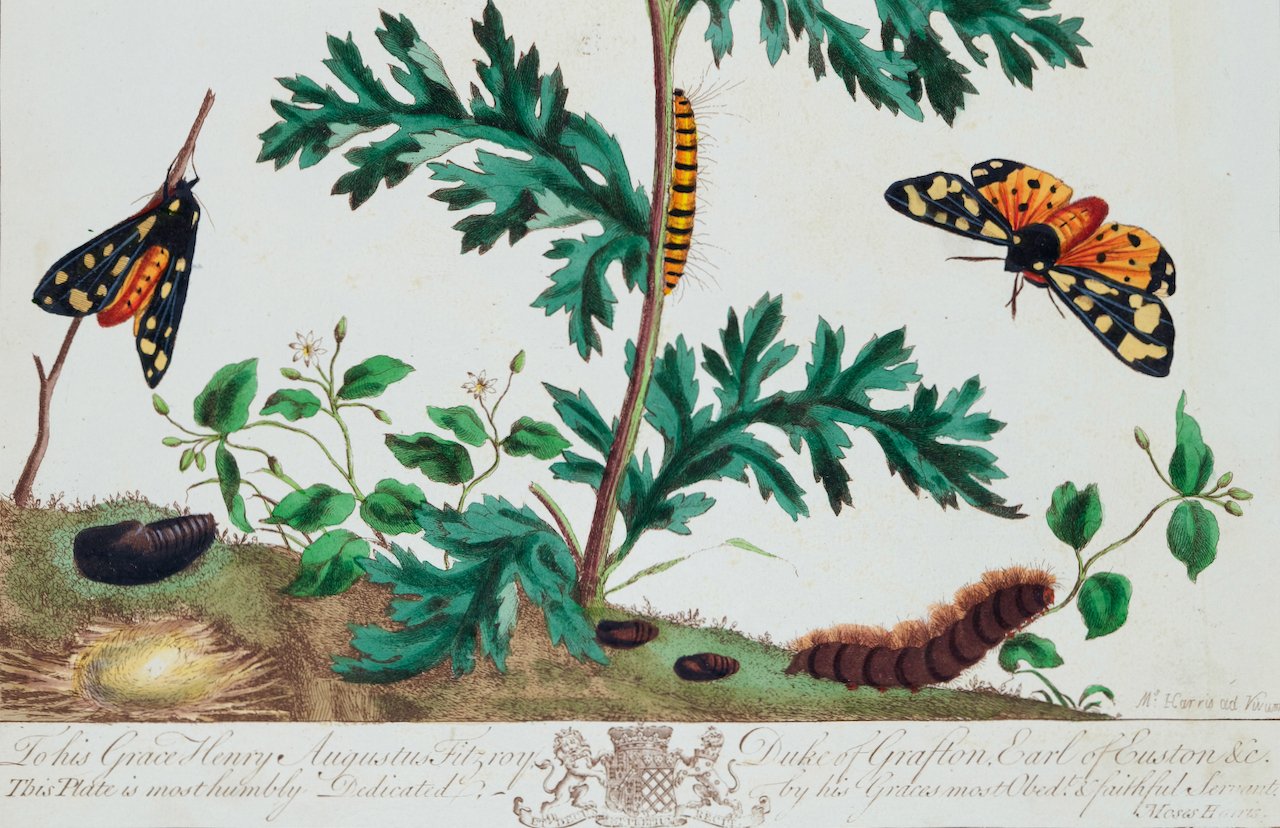Banana Plant: An 18th Century Hand-colored Botanical Engraving by J. Weinmann
This is an original antique colored botanical mezzotint and line engraving of banana plants, which is finished with hand-coloring. It is entitled "Banana 2. Mauze, Baradis-feigen", published in 1736 by Johann Wilhelm Weinmann as plate 228 in his monumental publication "Phytanthoza Iconographia".
Creator: Johann Wilhelm Weinmann (1683 - 1741, German)
Creation Year: 1736
Dimensions: Height: 15.5 in (39.37 cm)
Width: 9.75 in (24.77 cm)
Medium: Mezzotint, Engraving
Condition: See description below.
Reference #: 3909
This is an original antique colored botanical mezzotint and line engraving of banana plants, which is finished with hand-coloring. It is entitled "Banana 2. Mauze, Baradis-feigen", published in 1736 by Johann Wilhelm Weinmann as plate 228 in his monumental publication "Phytanthoza Iconographia".
Creator: Johann Wilhelm Weinmann (1683 - 1741, German)
Creation Year: 1736
Dimensions: Height: 15.5 in (39.37 cm)
Width: 9.75 in (24.77 cm)
Medium: Mezzotint, Engraving
Condition: See description below.
Reference #: 3909
This is an original antique colored botanical mezzotint and line engraving of banana plants, which is finished with hand-coloring. It is entitled "Banana 2. Mauze, Baradis-feigen", published in 1736 by Johann Wilhelm Weinmann as plate 228 in his monumental publication "Phytanthoza Iconographia".
Creator: Johann Wilhelm Weinmann (1683 - 1741, German)
Creation Year: 1736
Dimensions: Height: 15.5 in (39.37 cm)
Width: 9.75 in (24.77 cm)
Medium: Mezzotint, Engraving
Condition: See description below.
Reference #: 3909
This engraving is printed on laid chain-linked paper measuring 15.5" high and 9.75" wide. There is a small faint spot in the lower margin and two tiny spots in the upper margin, as well as a thin strip of residual book binding along the left edge of the sheet. The print is otherwise in excellent condition.
Johann Weinmann (1683-1741) was a botanist and pharmacist who directed a famous pharmacy in Regensburg. The "Phytanthoza Iconographia" was his masterpiece. It was a huge work in eight folio volumes, which provided one of the most comprehensive botanical references of the eighteenth century. It has been described as a "pioneering work of botanical prints” and it remains today one of the most ambitious works ever undertaken, displaying over 4,000 species.
The artist for the much of the work was the talented Georg Dionysius Ehret (1708-1770), whose work is very collectible to this day. Born of a humble family in Heidelberg, Ehret was taught to draw by his father at an early age. As a young man, he worked as a gardener, first for the Elector of Heidelburg and then the Margrave of Badaen-Durlac. He became a well respected botanist and entomologist and one of the most influential European botanical artists of all time.































